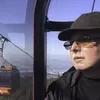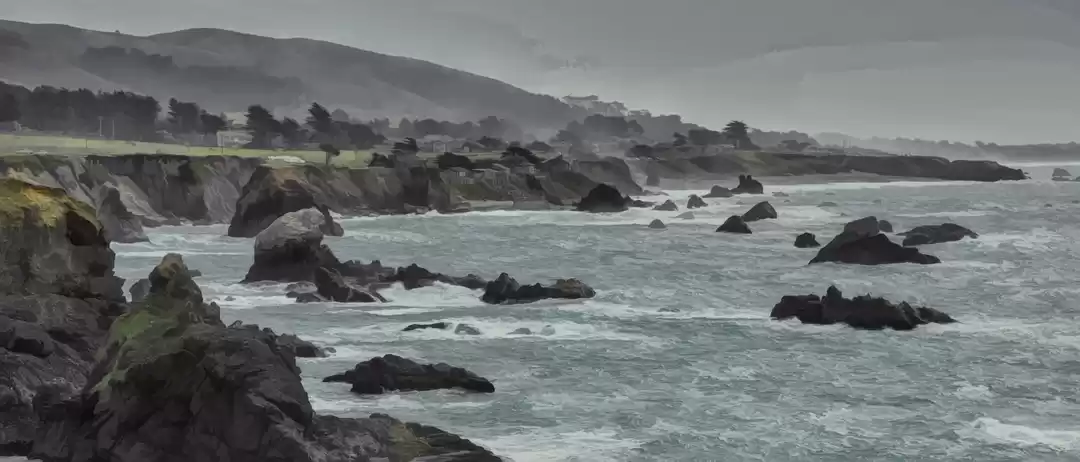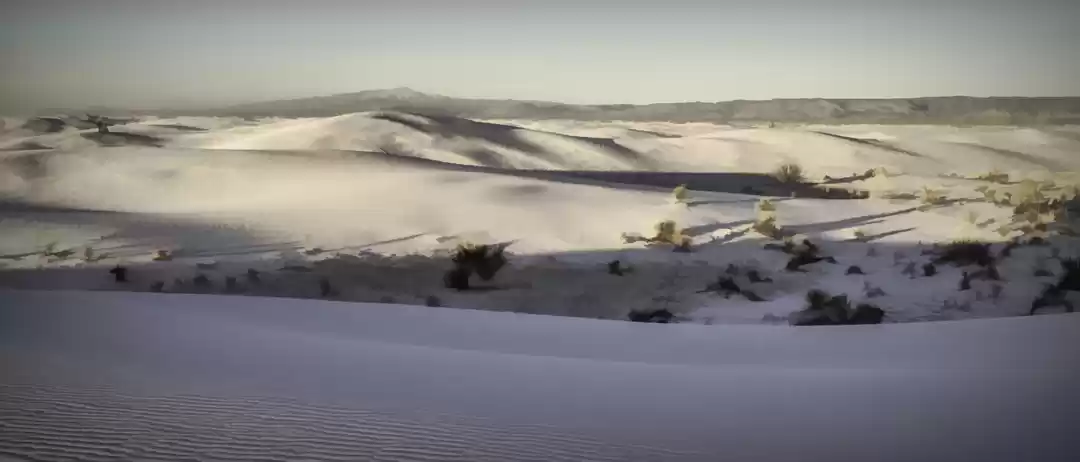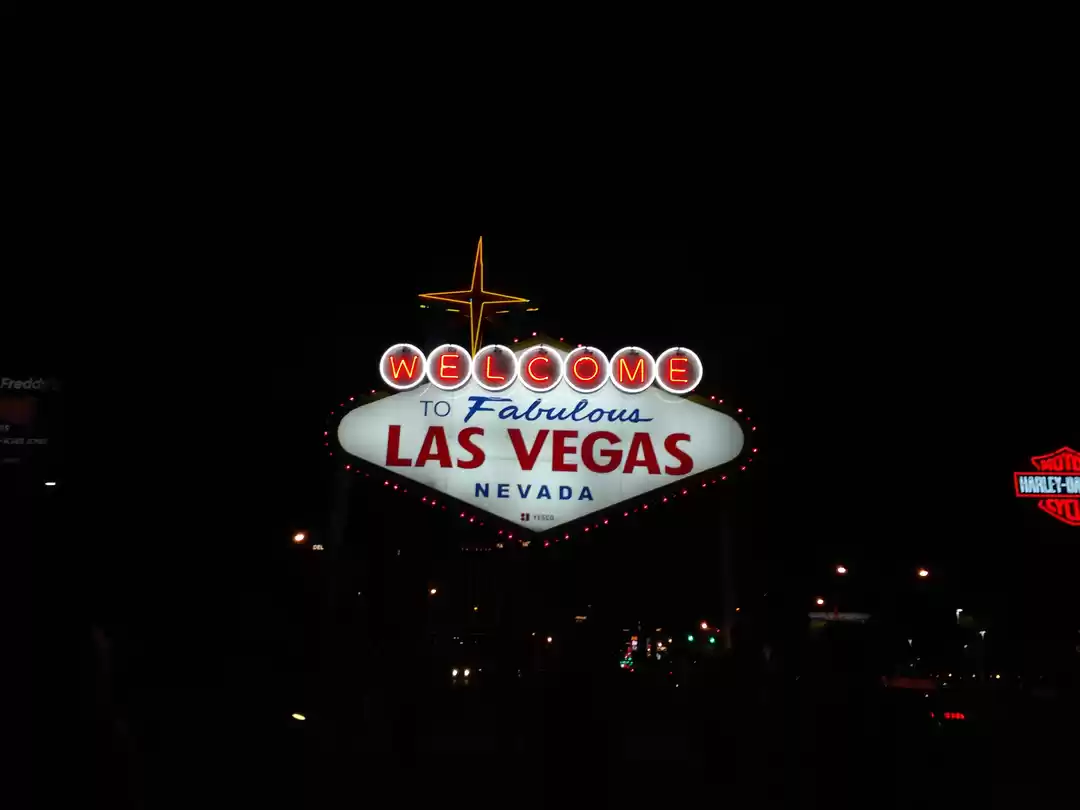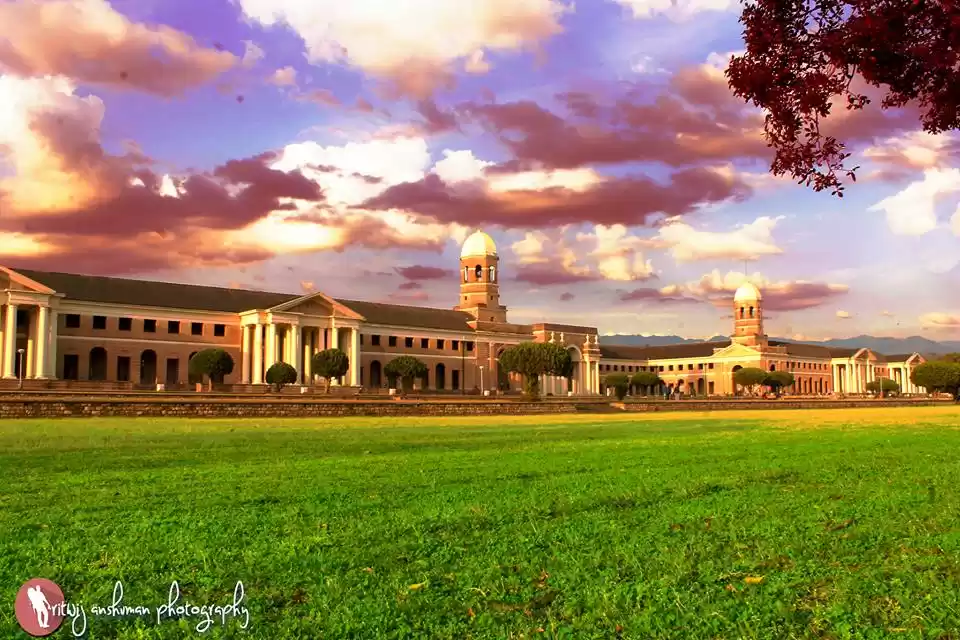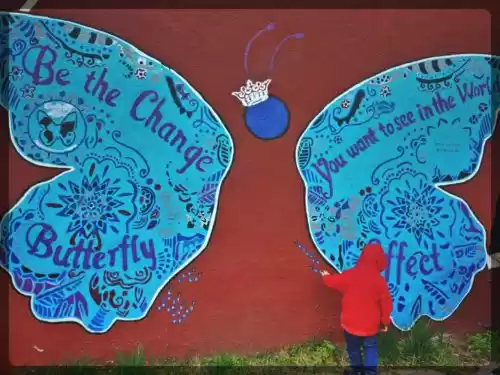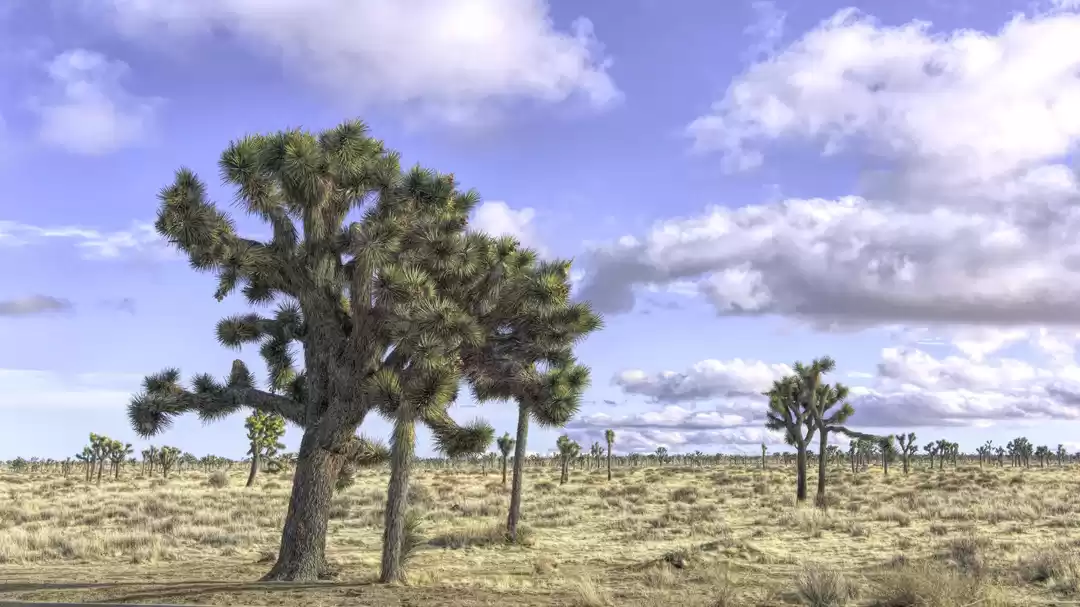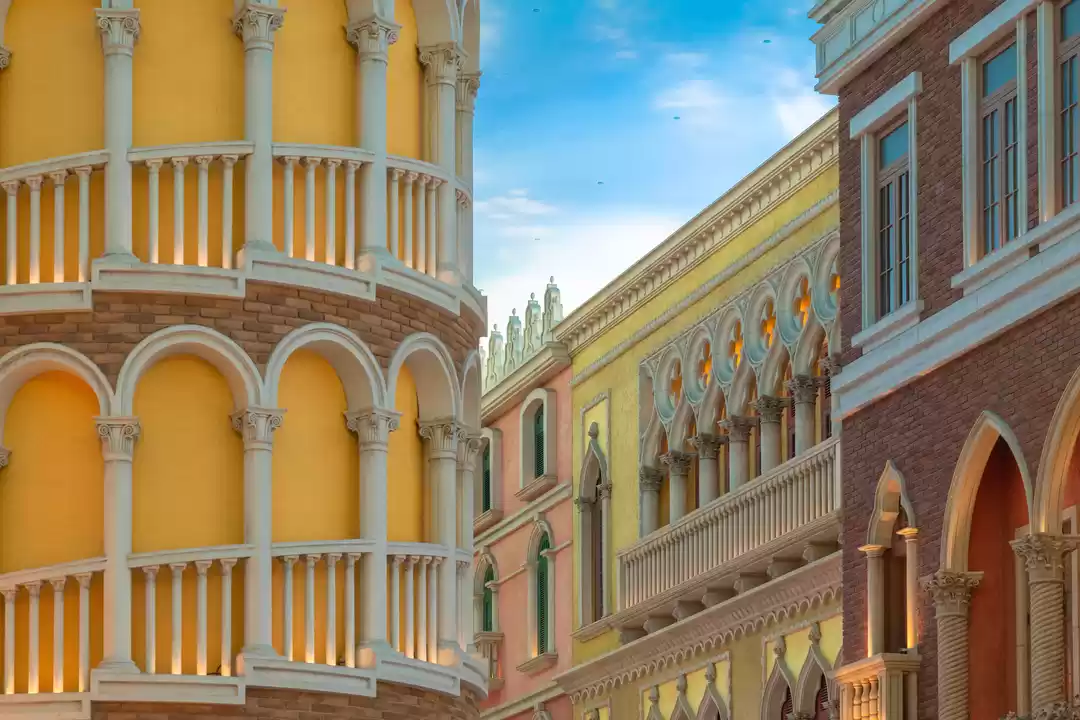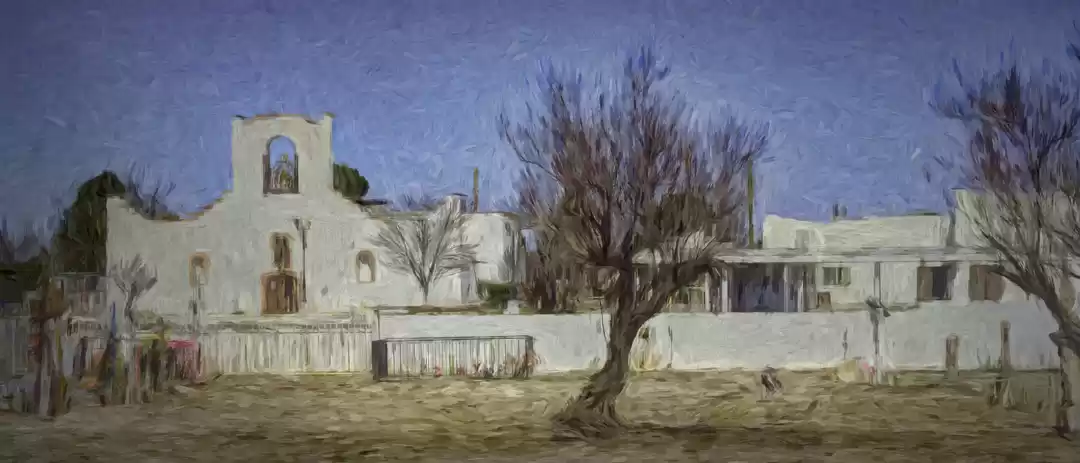
Monday morning dawned cold. I think it was colder in Las Cruces than it was back home in Seattle that day. However the sun was out, and it looked to be a beautiful day. After a nice breakfast at our hotel, we drove out to Dripping Springs Natural Area for a hike.
Dripping Springs is in the Organ Mountains. The mountains are part of the Desert Peaks National Monument. President Obama established the monument in 2014 which includes five mountain ranges around the city of Las Cruces, New Mexico. The Bureau of Land Management maintains Dripping Springs not the National Parks Service. However, it works in cooperation with the National Parks. There is a five dollar fee for the visit, but your National Parks pass will cover it.

Dripping Springs is only about eight miles outside of Las Cruces so it is easy to get to. The hike to the springs is all uphill, but it is fairly gradual so it is not all that difficult. The trail is as wide as a road and covered with gravel. The gravel makes it difficult to walk more than anything else.
The first part of the trail is in a pretty exposed, desert type environment. One can see some of the desert plants including cactus. There are few trees along the hike, and those really stand out against the landscape. However, the mountains surround you so there are scenic vistas in all directions.
The goal of our hike was Dripping Springs, an important historical landmark in this region. The area first gained prominence as a resort started by Colonel Eugene Van Patten. Colonel Van Patten had a colorful past which included among other things serving on the Confederate side in the Civil War, serving as a local sheriff, and being a co-founder of New Mexico State University.
Colonel Van Patten acquired quite a bit of land and in the 1870s decided to build a resort in the mountains near Dripping Springs which provided water to the area. He initially constructed a two story building with 4 guest rooms. The resort included a gazebo and dining room. Many of the elite of Las Cruces came out to visit and party.
As we reached the top of the trail, we began to encounter some of the historical elements related to the resort. First we encountered three small buildings in a fenced area along with an old well. This area was the livery. Stagecoaches would arrive with guests to the Mountain Camp. After the coaches dropped the guests off at the camp, attendants took the horses to the livery for care.
After passing through the livery area the next set of buildings was not the anticipated resort but a tuberculosis sanitarium. These buildings have their own unique story. They were built by Dr. Nathan Boyd. Dr. Boyd had studied medicine in San Francisco and then moved around passing through England and ending up in Australia. He married an Australian woman, but when she developed tuberculosis, he moved to the Las Cruces area. The prevailing theory of the day was that high dry desert air would help cure tuberculosis.
He ended up renting property from Colonel Van Patten and constructing his sanitarium on the property. However, the two men got tangled up in legal battles and ended up in court. Finally Van Patten gave up the fight and sold the property to Dr. Boyd for a dollar.
The first building we encountered was the large building used for cooking and dining for the patients. Behind it is the deteriorating home of Dr. Nathan Boyd. Around the main buildings are the ruins of some cabins that patients stayed in who had come for treatment. Visitors cannot enter the buildings, but they can peek into the Boyd home and see its deteriorating state.

Between the sanitarium and the resort lies the Dripping Spring. When we were there the name applied well. The rock was wet, and we could hear a dripping sound, but that was about it. A limited amount of water came from the springs. At one point in the past someone referred to it as a waterfall, but that does not describe it now.
From the springs we walked over to the resort area. There is one building that seems fairly intact. However, the rest of the buildings were in ruins. It was kind of hard to imagine a two story building. The area seemed quite small for a resort. It is certainly different that what we might expect in a resort today.
The hike up and back to Dripping Springs was a little over three miles. When we got back to the Visitor Center, we then headed in the opposite direction. This trail sloped downwards. It headed to a cave called La Cueva. To get there we had to hike down through a gully and then up some rocks. The cave is at the base of a very tall solid looking mountain.
The cave has been used by many people throughout history, and archeologists have discovered a number of ancient artifacts in the cave. One of the more interesting stories told about the cave is about a hermit, Giovanni Maria Agotini, who lived in it in the mid 1800s. His friends worried about him living there alone so each night he built a fire that his friends could see to indicate he was OK. On Friday April 30, 1869 no fire appeared. The following day his friends went to check on him and discovered he had been murdered.
The cave itself is rather shallow. It's not that exciting to look at. The stories about it are perhaps more interesting than the cave itself. Sometimes that's the way things are.
We hiked back to the Visitor Center and our car. This had been a great place to visit, and we enjoyed the hike. By the time we had finished we had definitely warmed up from the sun.
If you would like to see more photos from this day go to the original blog post at https://batteredsuitcase.net/dripping-springs-discovering-stories-of-the-past/

